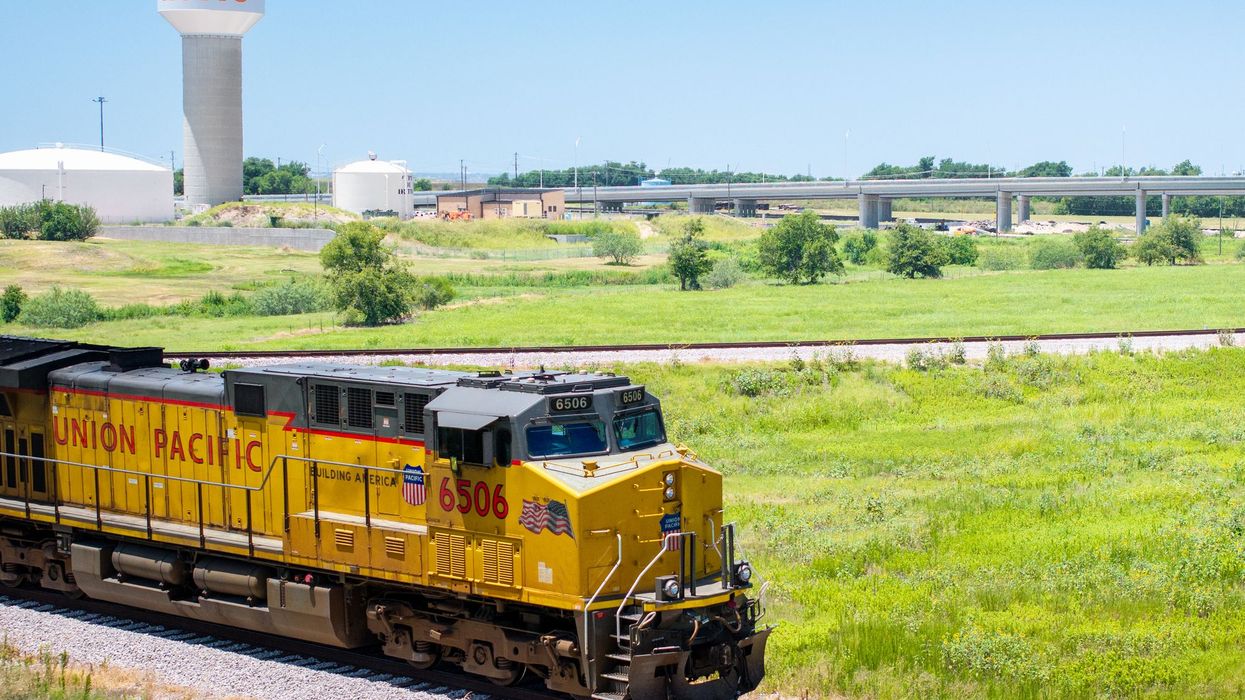Congress did not foresee the current economic crisis when it scheduled three annual minimum wage increases starting in 2007. But for struggling working-class families and the economy as a whole, the increase could not come at a better time.
When the federal minimum wage rises by 70 cents to $7.25 an hour on July 24th, it will raise the pay of the lowest-paid workers and boost the economy. The economic boost comes because workers who benefit from the increase will spend it in their local communities. According to an estimate by the Economic Policy Institute, the modest 70-cent increase will generate $5.5 billion in consumer spending over the next year - providing a boost to the economy without any increase in government spending.
Moreover, because they're more likely to be struggling to make ends meet, low-wage workers are even more likely to spend an increase in their pay than better-paid workers, making the minimum wage increase a fairly efficient form of economic stimulus.
When President Franklin Roosevelt proposed the first federal minimum wage law in 1937, he noted that "one-third of the population" were "ill-nourished, ill-clad, and ill-housed" and argued that America should be able insure to "all our able-bodied working men and women a fair day's pay for a fair day's work."
More than 70 years later, the federal minimum wage and regular increases in it, serve the same basic values of economic fairness and decency. Nearly all of the benefits of the current minimum wage increase will go to working-class families, typically headed by workers with high school degrees and some post-secondary education or training, but no college degree. Most of these families live above the stingy federal poverty line-but they don't live very far above it, and they struggle on a daily basis to meet mortgage or rent payments, put food on the table, gas in their cars, and pay for child care and doctor's visits.
The minimum wage increase has these broad benefits because it helps both the more than 2.2 million workers currently earning it and a significant portion of the roughly 7.8 million workers with wages just above it. This happens in part because businesses often are concerned to insure that more senior workers earn at least a $1 or more above just-hired workers who are paid the minimum.
Another historical continuity is the role that the minimum wage has played in ensuring that women and young people are paid fairly. Before the federal minimum wage was enacted, several states had minimum wage protections that applied only to women and young people (including, at that time, children). In 1923 and 1936, the Supreme Court struck down state laws of this sort, but then reversed course in 1937-the so-called "switch in time that saved nine" because FDR had threatened to add members to the Court if it continued to strike down New Deal legislation-to uphold Washington State's law.
The minimum wage remains an essential labor market protection for women and younger workers. Despite progress in the latter half of the 20th century, full-time working women are still paid about 80 cents for every dollar a full-time working man is paid. More than half of all minimum wage workers are adult women; if teenage girls are included, then women make up fully two-thirds of all minimum wage workers. As a result, even though they apply to both men and women, increases in the minimum wage help to reduce the gender wage gap.
While significant, this month's increase in the minimum wage will still leave a full-time worker receiving it with income far below what they need to make ends meet. Of course, what it takes to "make ends meet" is subject to much debate among experts, but regular Americans have a more definite opinion. Surveys conducted by Gallup over the last several decades have asked people to name the minimum amount of money that a family of four would need to "get along in your local community." For much of the 1950s and 1960s, the typical response to this question was around $32,000 in today's dollars. In 1969, a woman working in a minimum-wage job and supporting two children earned an amount not far below this basic "get-along" standard (adjusted for family size).
Today, such a worker would be nowhere near it. In 2007, the "get-along" amount was $45,000. Even after this week's increase, a minimum wage worker will still earn less than $15,000 a year. Moreover, most will have no health insurance, no retirement plan, no paid vacation, or even sick days.
The increase in the minimum wage to $7.25 an hour is an important, albeit very modest step on a path that leads to a fair and more inclusive economy for all. Along the way, it will increase the pay and consumption spending of the most cash-strapped working families in the United States, giving the economy a small but much needed boost.
Congress was prescient in passing a minimum wage increase that would go into effect in the midst of a recession and financial muddle, when the economy needed it most. But we cannot count on this always happening. The service and clerical workers, who together make up more than 80 percent of minimum wage workers, should not have to wait for an act of Congress to get a raise. Indexing the minimum wage to half the average hourly pay of production and nonsupervisory employees will allow the minimum wage to rise in line with the pay of other workers. At the same time, it will enable the minimum wage to function as an automatic economic stabilizer, putting a floor under consumption and giving a much-needed shot to the economy.
The following experts are available for comment:
Eileen Appelbaum: CEPR Advisory Board Member
Dean Baker: Co-Director, CEPR




